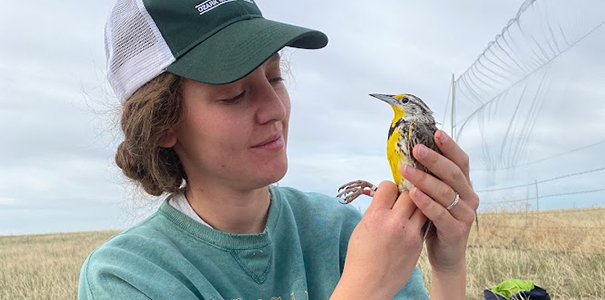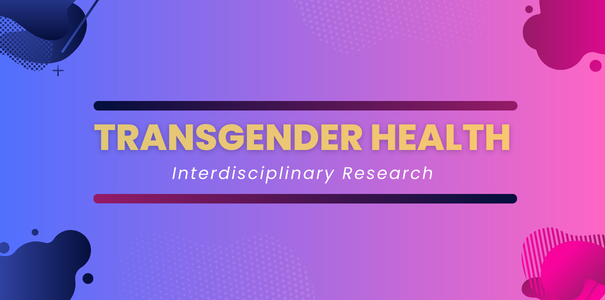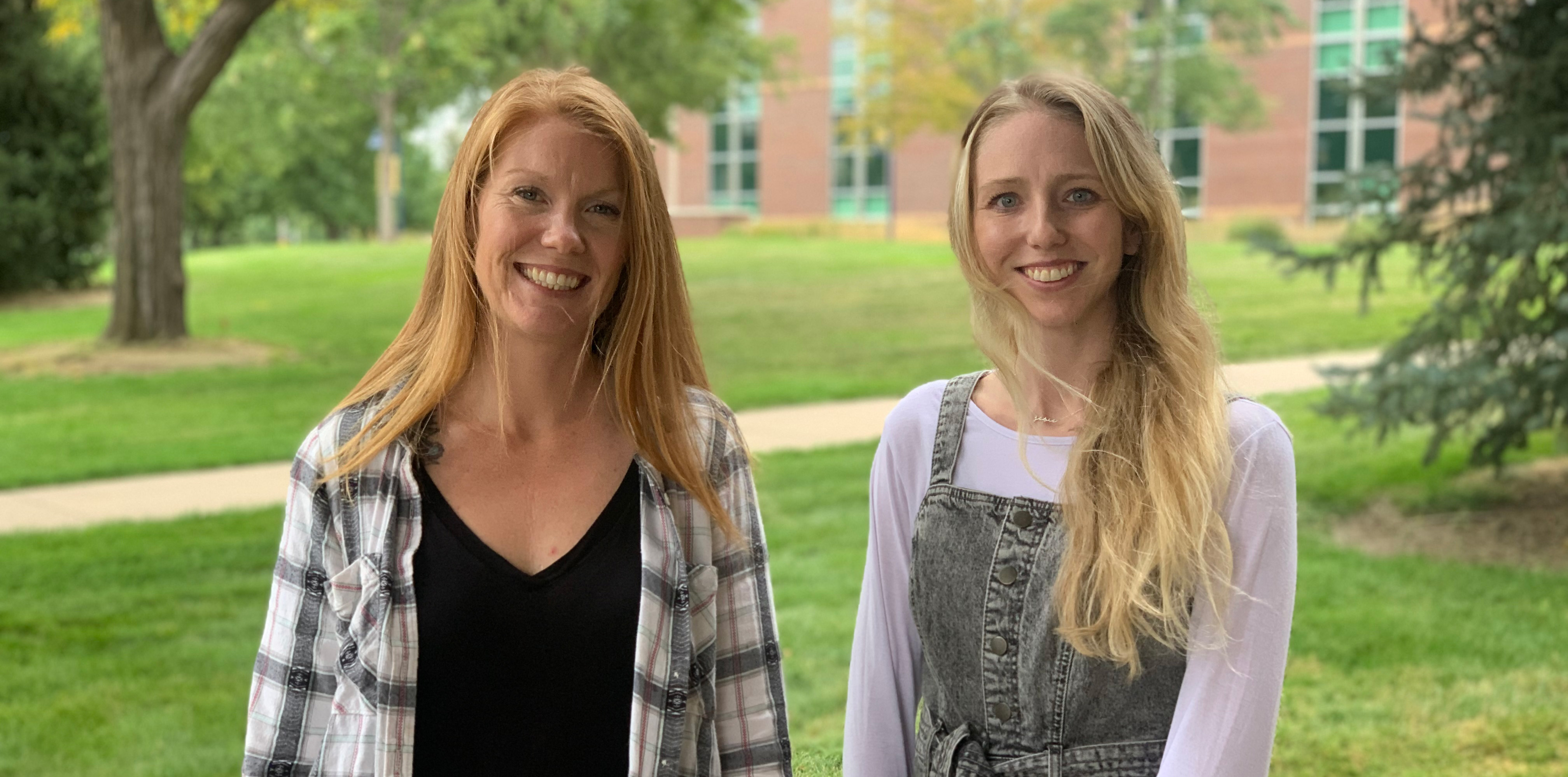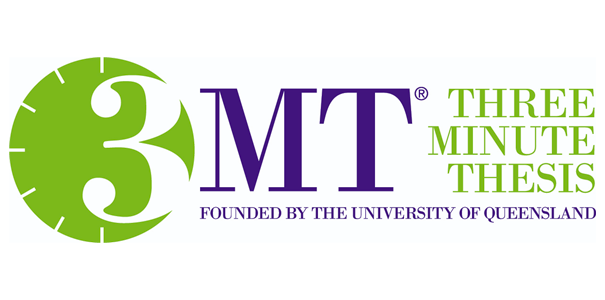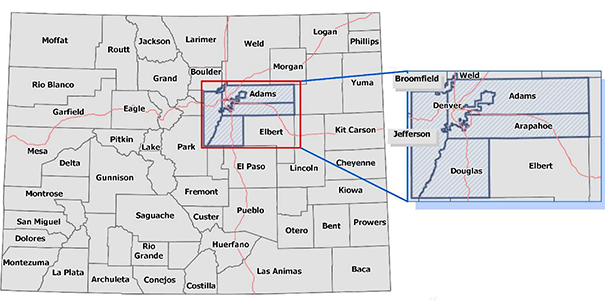
GIS tools were used to investigate the geography of COVID-19 pandemic across Colorado counties, and findings were was published in the International Journal of Environmental Research and Publish Health over the summer.
 Jieun Lee, Ph.D., an assistant professor of Geography, GIS, and Sustainability at the University of Northern Colorado (image at right), and Ivan Ramirez, Ph.D., a visiting assistant professor of Health and Behavioral Sciences at the University
of Colorado, Denver, explored COVID-19 incidents and deaths from March 14 to April
8, 2020, with social vulnerability (socioeconomic conditions, housing, health care
and minority status) and chronic conditions (diabetes, obesity, asthma, etc.).
Jieun Lee, Ph.D., an assistant professor of Geography, GIS, and Sustainability at the University of Northern Colorado (image at right), and Ivan Ramirez, Ph.D., a visiting assistant professor of Health and Behavioral Sciences at the University
of Colorado, Denver, explored COVID-19 incidents and deaths from March 14 to April
8, 2020, with social vulnerability (socioeconomic conditions, housing, health care
and minority status) and chronic conditions (diabetes, obesity, asthma, etc.).
Results demonstrate that positive COVID-19 cases and deaths emerged and intensified in mountain communities west of Denver and in urban areas along the Front Range. Eventually new centers of risk evolved in eastern Colorado.
Overall, the greatest increase in COVID-19 incidence was in northern Colorado, particularly Weld County, which reported the highest rates in the urban Front Range area during the time period that was studied. Social and health determinants associated with higher COVID-19-related deaths and rate of death were population density and asthma, and poverty and unemployment, which are possibly suggestive of urban and rural areas. The study also identified counties with high rates of COVID-19 and multiple chronic conditions, which may increase the risk of severe symptoms.
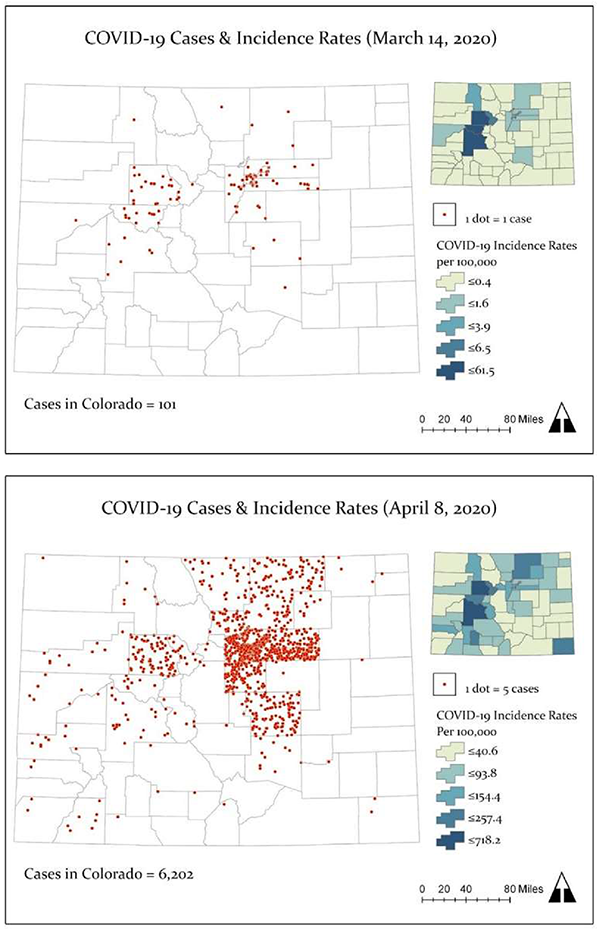
(Above: Using GIS tools, Lee and Ramirez were able to understand the geopgraphic spread of
cases and incident rates of COVID-19 across Colorado counties. Show above are two
images from their research with the top one from March and the bottom one from April
of this year).
“Although preliminary, which means that further analysis is needed, I think the results highlight or provide insights to the context of transmission which involves a web of overlapping social and health issues in communities affected by the pandemic,” Lee said. “Rather than view this public health crisis as a COVID-19 epidemic (one disease), the study suggests potentially a broader public health problem, a COVID-19 syndemic.”
It was also determined that high rates of chronic diseases were associated with high rates of COVID-19, suggesting a broader, overlapping health burden, where overlapping diseases intersect with social inequality that is linked to health.
Syndemic is defined as ‘overlapping’ diseases. In a specific location, there could be multiple diseases and public health concerns happening simultaneously or at the same period of time.
--Written by Katie Corder
More Stories
-
Alumna Receives NSF Graduate Fellowship for Avian Conservation Research
Este artículo no está en español.
-
Novel and Interdisciplinary Research on Transgender Health
Este artículo no está en español.
-
Grad Students Researching Methods to Strengthen Mental Health Training in Rural Schools
Este artículo no está en español.
-
Doctoral Students Present Dissertation Projects in Three-Minute Competition
Este artículo no está en español.

